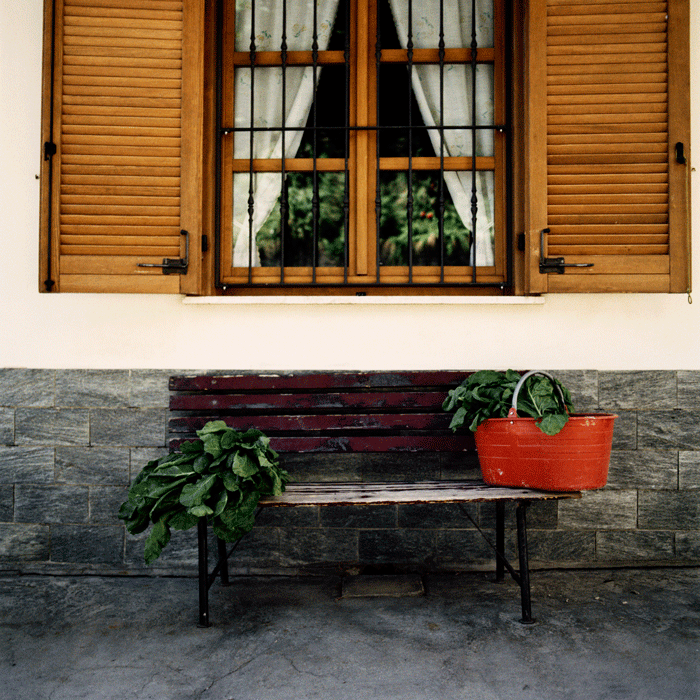The sipping forecast – part three
Author: David Berry Green
The Vaona family at Novaia, Veneto
Difficult but not impossible is how 2014 might be remembered. It will certainly be recorded as one of the strangest and most difficult to interpret. A good vignaiolo or ‘winegrower’ must learn how to handle these extreme years, and to make wines that reflect the year in question.
Spring arrived early, with budding two weeks in advance, heightening a fear of frost that never materialised. Summer was fine until mid-June, after which incessant rain brought on downy mildew and the need to treat regularly with organic based products; we counted 20 by the end of the season. The wet summer meant the plant was by now behind. A sunny and largely dry September and October allowed for a dry harvest, facilitating the first phase of the appassimento. November was again rainy.
The quality of the grapes was compromised by fungal attacks, with only 20 percent of the fruit good enough to be vinified as Amarone; the remaining 80 percent became Valpolicella. Selection in vine left 15 percent on the ground, with average yields down by 20 percent on 2013. The Valpolicella wines will be less structured than normal, but fresh and alive, pale in colour due to their low pH, and with delicate aromas. For Amarone, Recioto and Ripasso we need to wait, but it’s already clear that no Amarone Riserva Le Balze nor Valpolicella I Cantoni will be made.
Joska Biondelli at Biondelli, Lombardy
The 2014 Biondelli Franciacorta harvest of Chardonnay, which began on 10th August, was difficult. Spring was promising, the flowering arriving 10 days earlier than in 2013. Fortunately after the flowering we weren’t hit by frost, which would have compromised the quality. Summer was another matter. It was very rainy and humid, which brought with it the prospect of rot in Franciacorta. The other big problem was the scarcity of sunny days, resulting in a lower level of sugar ripeness than normal. To meet these challenges we did two things.
First was the selection at harvest, eliminating rotten bunches (roughly 30 percent of the crop). Then in the cantina, in preparing the cuvée this spring, we will blend part of the 2014 wine with the lowest sugar content with the base of 2013 spumante that’s richer in sugar. The 2014 vintage will therefore be distinguished by its piercing acidity and lower than average sugar and alcohol. This may enable us to age the Biondelli Franciacorta for longer than the normal 24 months on its lees; for 40 even to give more complexity. Perhaps then we will afford it a year to put away for ageing. Let’s see.
Odilio and Mattia Antoniotti at Antoniotti, Piedmont
It was a very difficult year in the vineyard. The weather augured well, with above average temperatures in May and June that facilitated excellent flowering. July and August however were very wet, compromising the whole year. September was fine, with a constant breeze and a favourable, diurnal shift between day and night temperatures – a great help to the maturation of the grapes. Yet to achieve really good maturation we were forced to green harvest three times, and the harvest itself was delayed until the middle of October.
Quantity was low compared to 2013, even though that year we were hit by hail that reduced our crop by 50 percent. What we brought in to the cantina in 2014 was healthy. The normally susceptible Vespolina and Croatina varieties came in strong and healthy. According to Odilio, this was a vintage that reminded him of those of the 1980s. In the family’s view 2014 is a good year, but not of the calibre of 2007, 2010 or 2011.
Read parts one and two of ‘The sipping forecast’, or find out more about Italian wine on bbr.com.



